Breast Reduction WI is also simply referred to as mammoplasty. Men and women undergo this surgery when their breast tissue causes physical or emotional discomfort.
These problems can include:
- Back and neck pain
- Skin irritation beneath the breast
- Skeletal deformities
- Bra strap irritation
- Breathing problems
- Occasional tingling sensation in the hands

Many physicians believe that this condition has a strong hereditary component with the maternal side contributing most to the frequency of the condition. Most patients present with a long history of upper or lower back problems requiring physical therapy or chiropractic care plus a psychological component presenting as diminished self-esteem and feelings of shame. In most cases alternative treatments such as weight loss, physical therapy, supportive bras, and medications do not provide full relief of symptoms of heavy breasts, for this reason, surgery to remove excess breast tissue is still necessary.
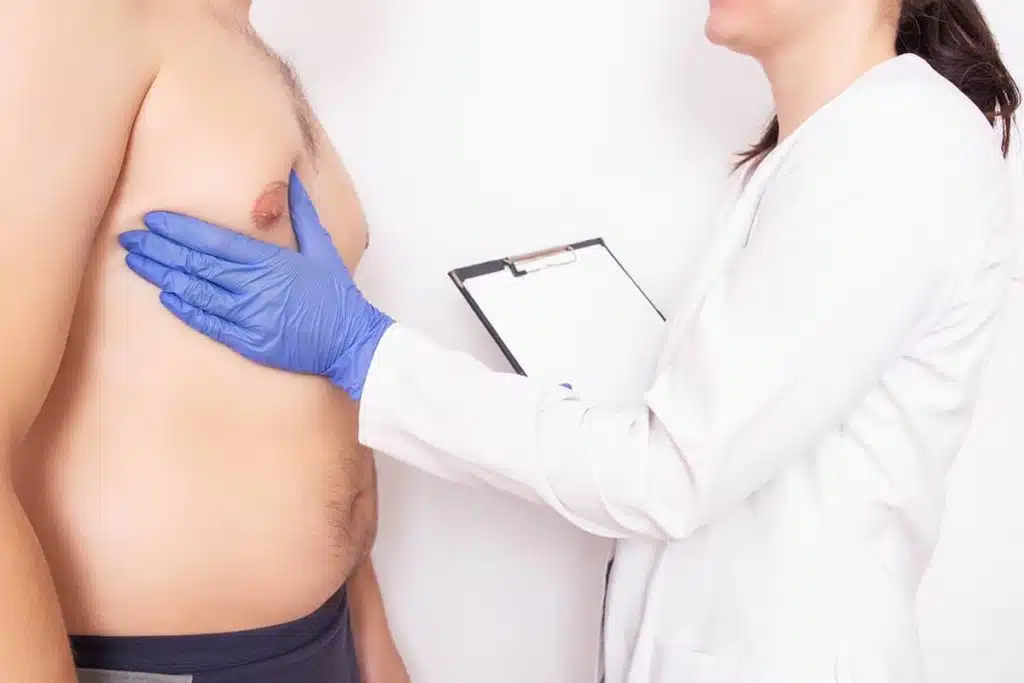
To improve your chances for insurance coverage for Breast Reduction, the following documentation would be required. We strongly recommend you bring this documentation with you or forward it to us prior to your consultation:
- Fill out the Breast Reduction Questionnaire Form
- Provide letter and/or clinical notes from your Primary Care Physician explaining conservative treatments that have been tried and failed (noting symptoms due to heavy/large breasts) and the date range of which you were treated
- Provide letter and/or clinical notes from Chiropractor, Physical Therapist, and/or Massage Therapist explaining conservative treatments and the date range of which you were treated
- If you are over 40 years old, provide the results of your most current mammogram (within the last year)
Completing the above steps will allow us to submit a more detailed package of information to your insurance carrier, thereby improving your chances of obtaining coverage for this procedure.
It is important to note that this surgery is not just for women, either. Men who have conditions such as gynecomastia (where male breasts are enlarged abnormally) also seek the benefits of breast reduction.
Breast Reduction Before and After Photos
* Each patient is unique and individual results may vary.
The Goals of a Breast Reduction
- Make your breasts look balanced when you are wearing a bra
- Regain your younger breast contour
- Reduce the size of the nipple-areola complex in order to better fit the smaller breast size
- Reduce the overall breast size so as to reduce the associated symptoms and to make the breast size proportional to the rest of the body
What gives the breast its shape?
The breast is composed of milk ducts and glands, encased by fatty tissue which gives it its shape and softness. Below this lies the pectoralis major muscle. The skin envelope envelops the breast mound, while the areola-nipple complex connects to the underlying network of milk ducts.
Your Breast Reduction consultation
Before undergoing mammoplasty reduction, all patients will need a pre-operative consultation. At this time, we review your health history and perform a medical evaluation to ascertain if you are indeed a candidate for a breast reduction mammoplasty. We then send the relevant history and examination findings to your insurance carrier to determine coverage for the procedure. It is our experience that their insurance carrier approves approximately 80% of our candidates for this procedure. Also during your initial consultation, we discuss the procedure, the recovery, and the expected outcome with each patient.
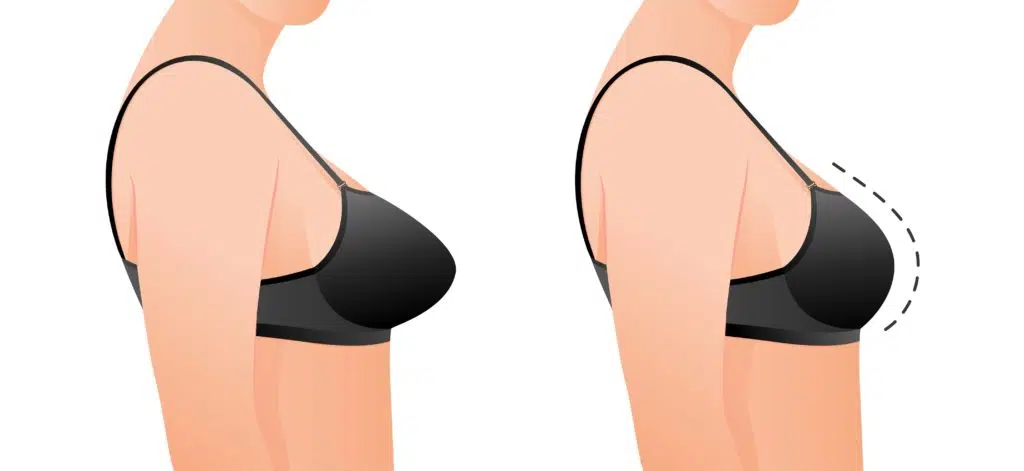
Candidates for Breast Reduction
Candidates for mammaplasty surgery are typically those who experience chronic neck and back pain, breast pain, excess breast fat, pendulous breasts, shoulder indentations from bra straps, and/or breast creases due to the weight of their breasts. In addition, those who have excess weight that is concentrated in the chest area may also be candidates for this procedure. Breast reduction can help alleviate these symptoms by reducing the size of the breasts and improving their shape.
Insurance Pre-authorization for Breast Reduction
All patients must undergo a pre-authorization evaluation prior to the breast reduction procedure. Our office will submit a letter for that purpose to your insurance carrier. Those patients that have demonstrated an attempt at conservative treatment for their symptoms generally have a higher chance of obtaining insurance coverage for mammoplasty surgery.
Below there is a list of the symptoms and the recommended conservative treatment for each of them. Most insurance carriers require a 3 to 6-month period of conservative treatment prior to approving the breast reduction. Patients from WI can try the following conservative treatment for their symptoms.
- Upper/Lower Back Pain, Neck Strain, Chest Wall Heaviness:
Chiropractic manipulation, Physical therapy, Heat treatments, Massage, Anti-inflammatory medication - Bra Strap Irritation / mild shoulder pain (Shoulder Grooving):
Shoulder padded bra straps - Rashes Beneath the Breasts:
Ointments, drying powders - Tingling and/or Numbness of Hands:
Hand splints, physical therapy, anti-inflammatory medications
It is also extremely helpful to have letters from the patient’s primary care doctor, physical therapist, and chiropractor documenting their conservative treatment.
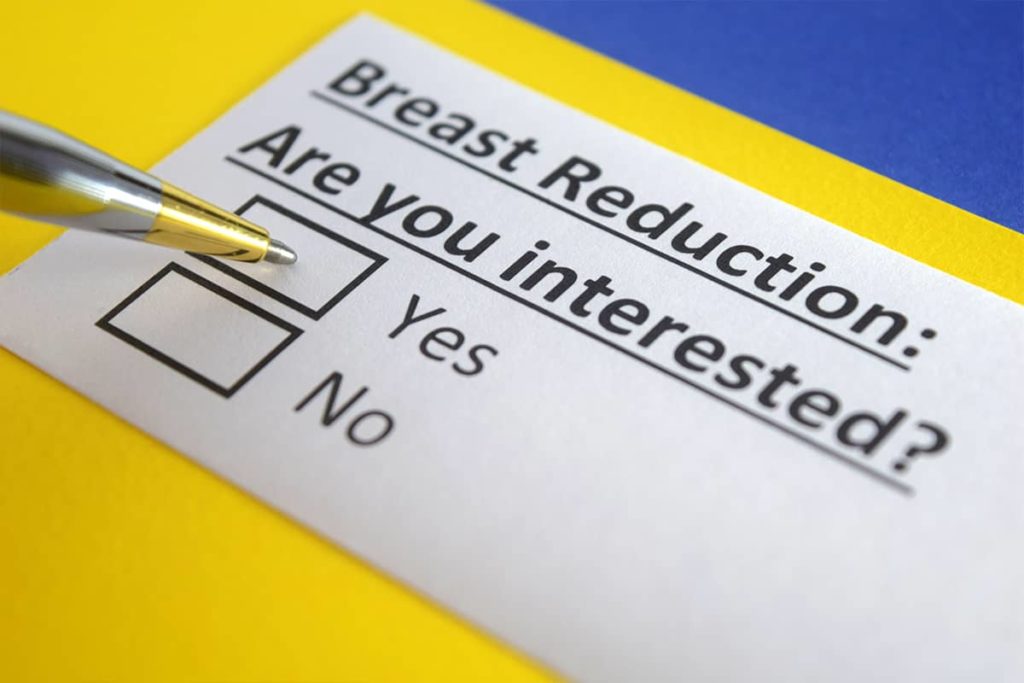
Dr. Ewings’s experience in breast reduction
For over a decade, Dr. Ember Ewings has taken pride in delivering excellence in plastic surgical care. She earned her medical degree from the University of Wisconsin-Madison School of Medicine and completed her residency training in plastic surgery at Saint Louis University. Additionally, she gained extensive experience in pediatric and craniofacial surgery during her fellowship at the University of Tennessee – Memphis, and Hôpital Necker-Enfants Malades in Paris, France. The American Board of Plastic Surgery has certified her.
Planning your breast reduction
Following your insurance company’s approval for your breast reduction procedure, our office will contact you to discuss your upcoming surgery including potential dates and the appropriate preoperative testing that you may require. If requested, our office can direct you to another patient who has undergone this procedure to assist in answering any more questions that you may have. Our knowledgeable staff can also provide you with information regarding the type of anesthetic that we will use, where the surgery will take place, and a more detailed outline of what to expect after your breast reduction.
Risks of Breast Reduction
Reduction mammoplasty is a procedure that can help alleviate neck pain and other physical discomforts caused by overly large breasts. However, there are risks associated with the entire operation, including potential complications from anesthesia and infection. Additionally, incision scars may be visible after the surgery and can take several months to heal. Some cases show changes in breast sensation or loss of feeling in the nipples. Patients should also be aware of the risks associated with breast augmentation, such as asymmetry or implant rupture. It is important to discuss all of these risks with your doctor before undergoing any type of breast reduction procedure.
Women who choose to have their surgery with the skilled staff at Plastic Surgery Clinic of Eau Claire will enjoy postoperative care designed to reduce the chance of infection, scarring, and changes in sensation. During your consultation, a detailed discussion of these potential risks will be given to you.
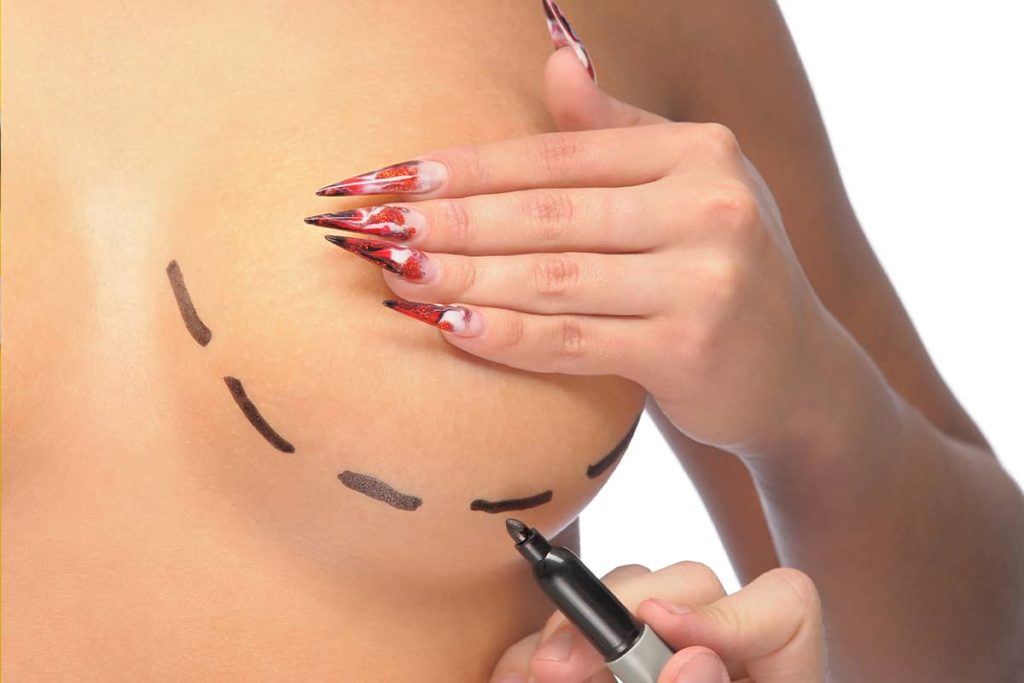
The Breast Reduction procedure
On the day of breast reduction, we perform the surgery under a general anesthetic in a local hospital. This surgery reduces the size of the breasts with surgical removal of the excess fat, glandular tissue, and skin. This results in a smaller, lighter, and firmer appearance.
Care is taken to reduce breast asymmetry and to preserve sensation in the nipple, also preserving the ability to breastfeed in younger patients. These goals are addressed by leaving the nipple-areola attached to a pedicle of breast tissue. Through this pedicle run the nerves and vessels that help preserve sensation and a good blood supply to the nipple-areola complex. All incision options are closed under limited tension, resulting in a smaller breast and areola and also a more lifted breast contour.
All of the tissue that we remove undergoes a pathologic examination in order to rule out the possibility of any underlying breast disease.*
During Dr. Ewings’s 30 years as a surgeon, she has performed numerous breast reduction procedures (1,000+). In order to gauge the improvement of symptoms, we conducted a survey. Of approximately 100 breast reduction patients, 95 % stated that their symptoms and quality of life had significantly improved following the reduction mammoplasty.
The Recovery After Breast Reduction
You will be in the hospital overnight following your surgery. Most patients rate their pain level following surgery as a 5 on a scale of 1 to 10. The first morning following your procedure, you will be evaluated prior to being discharged home. Typically, 98% of our patients are discharged on the first postoperative day. There will be drains beneath each breast, and they are usually removed prior to your discharge. All patients are given detailed written postoperative instructions and prescriptions for an antibiotic and pain control.
You should tolerate light activity well in the first week. Most patients are never so incapacitated that they can not take care of their own basic needs or normal activities. You will return to see the doctor one week after your procedure. All of your dressings are removed; your postoperative recovery and activity levels are again discussed as well as an anticipated date for your return to work. Light employment is tolerated after two weeks with heavy lifting and regular activity in 3 to 5 weeks. You are also given detailed instructions for the care of your suture lines so as to help prevent excessive scarring. Your final consultation usually occurs 5 months after your breast procedure.
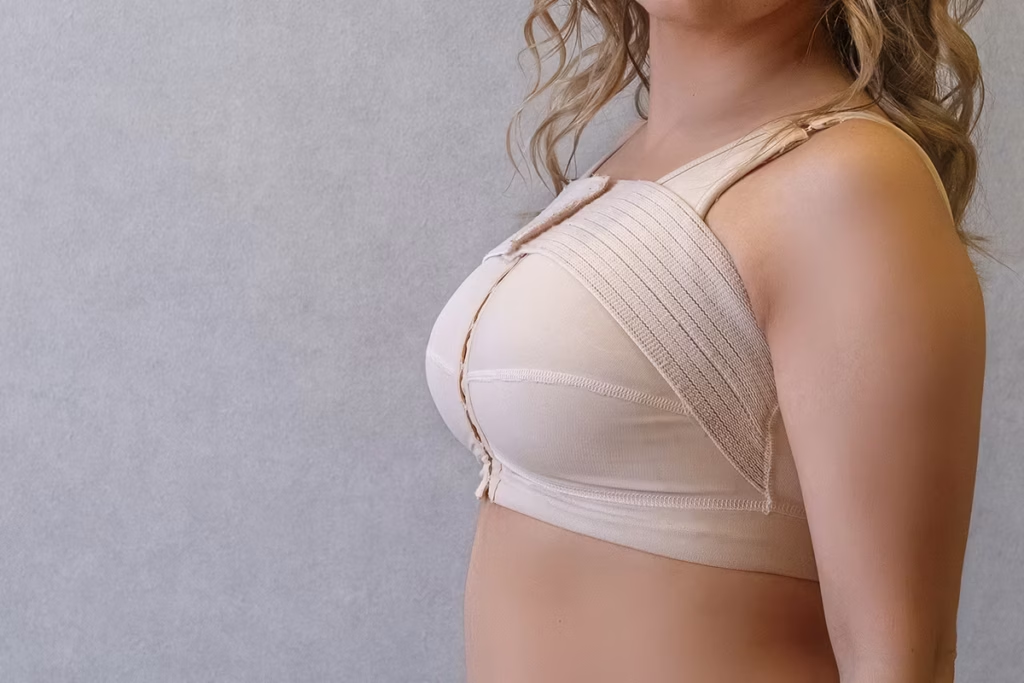
Why Choose Dr. Ember Ewings
For over a decade, Dr. Ember Ewings has taken pride in delivering excellence in plastic surgical care. She earned her medical degree from the University of Wisconsin-Madison School of Medicine and completed her surgical residency training in plastic surgery at Saint Louis University. Additionally, she gained extensive experience in pediatric and craniofacial surgery during her fellowship at the University of Tennessee – Memphis, and Hôpital Necker-Enfants Malades in Paris, France. Dr. Ewings is also Board Certified by the American Board of Plastic Surgery.
Dr. Ewings has enjoyed caring for patients of all ages from across the upper Midwest, and performs both cosmetic surgical, non-surgical, and reconstructive procedures, and is delighted to be able to provide outreach services in Durand, Wisconsin.
She owns and operates the Plastic Surgery Clinic of Eau Claire in Eau Claire. Prospective patients can reach Dr. Ewings through her online Consult Form, or at her practice, Plastic Surgery Clinic of Eau Claire – 715.833.2116 or 800.456.8222.
Frequently Asked Questions About Breast Reduction Surgery

Why Choose Plastic Surgery Clinic of Eau Claire
Dr. Ewings and her staff hope that this information will be of help to you if want to improve your breast health. Wisconsin natives should look no further than our friendly and knowledgeable staff for advice, consultation, and, eventually, surgery. We’ve helped over 2,400 patients during the preoperative, operative, and postoperative periods of reconstructive breast surgeries. Please feel free to contact Dr. Ewings at her office with any concerns or questions.
Call us at 800.456.8222 or email us to schedule a consultation! Our staff is happy to help you!
*Individual results may vary. Read more about Disclaimer.
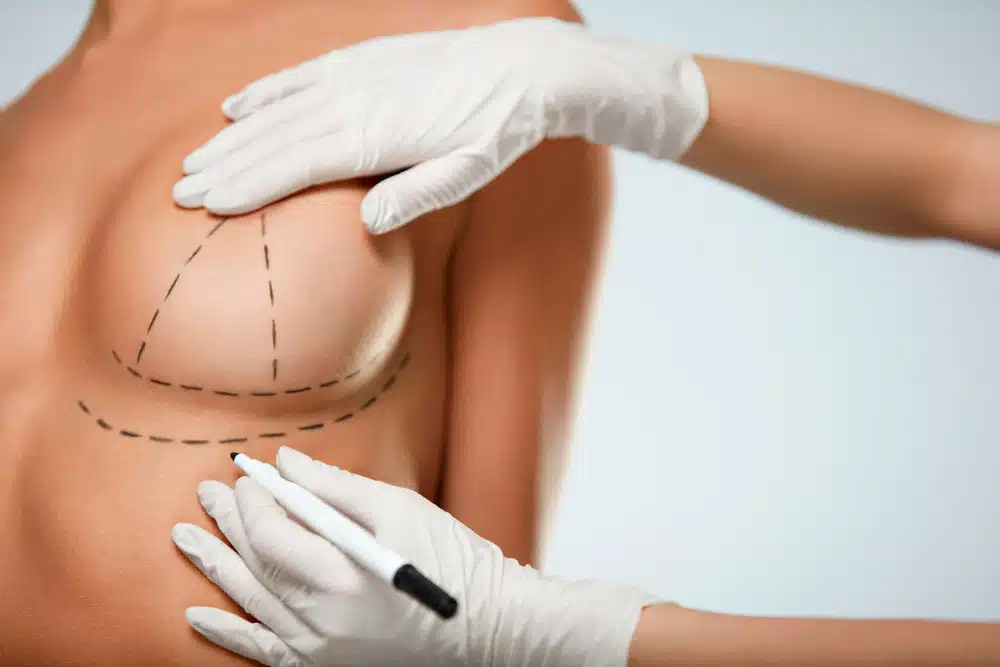
Breast Lift
Dr. Ewings customizes each breast lift to match her patient’s unique aesthetic goals for beautifully-shaped, perky breasts and lifted nipples.
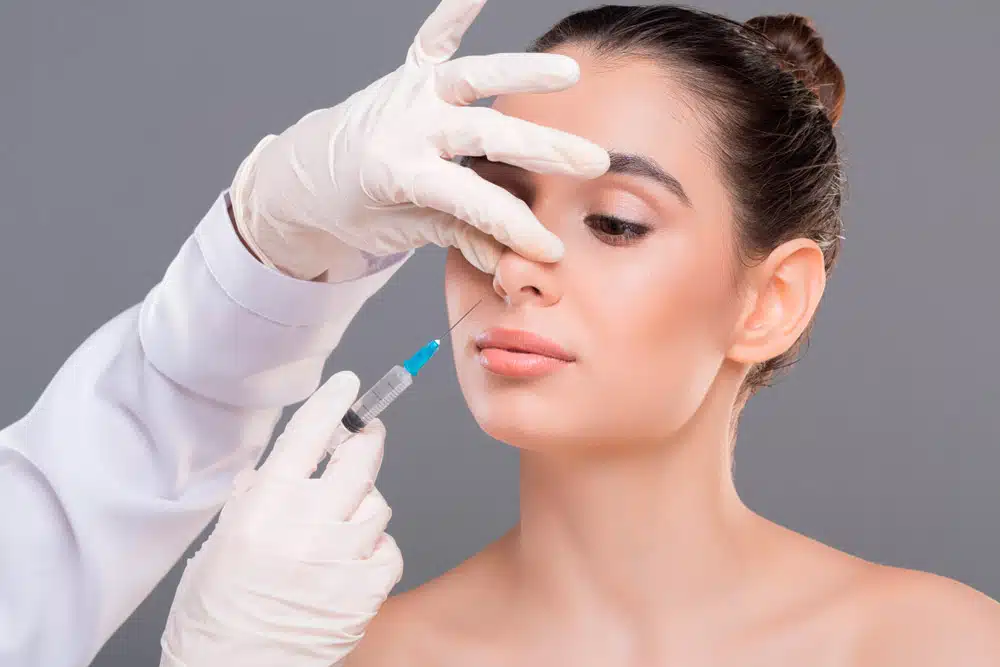
Liquid Rhinoplasty
Dr. Ewings can fill in indentations, subtly improve the shape of the nose, and even enhance facial balance by making small adjustments to the nose.
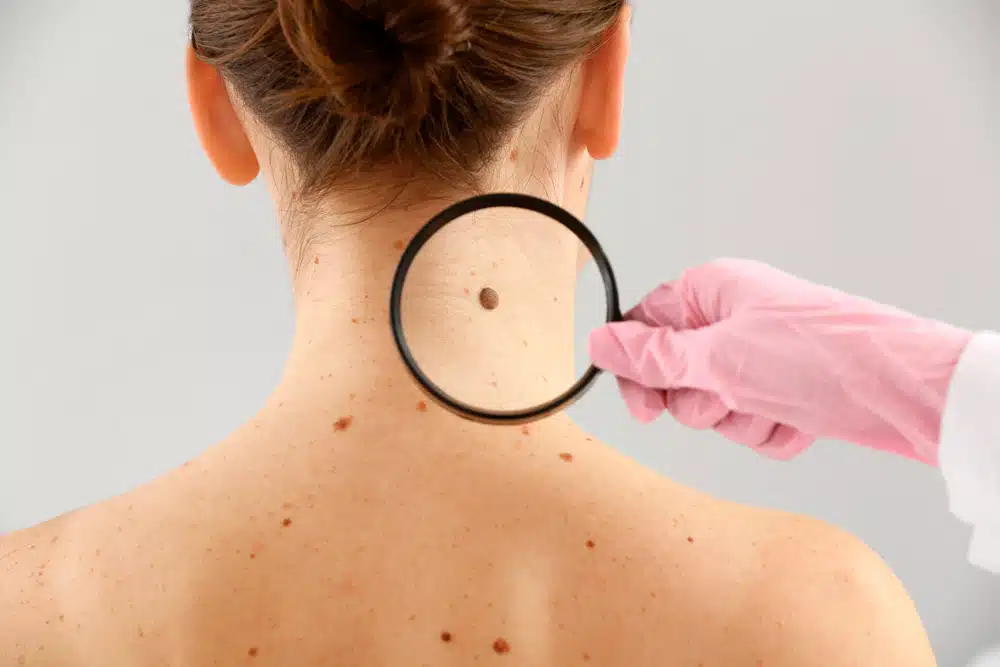
Skin Cancer Treatment
Skin cancer is the most common form of cancer in the United States. More than 600,000 new cases are reported each year.








